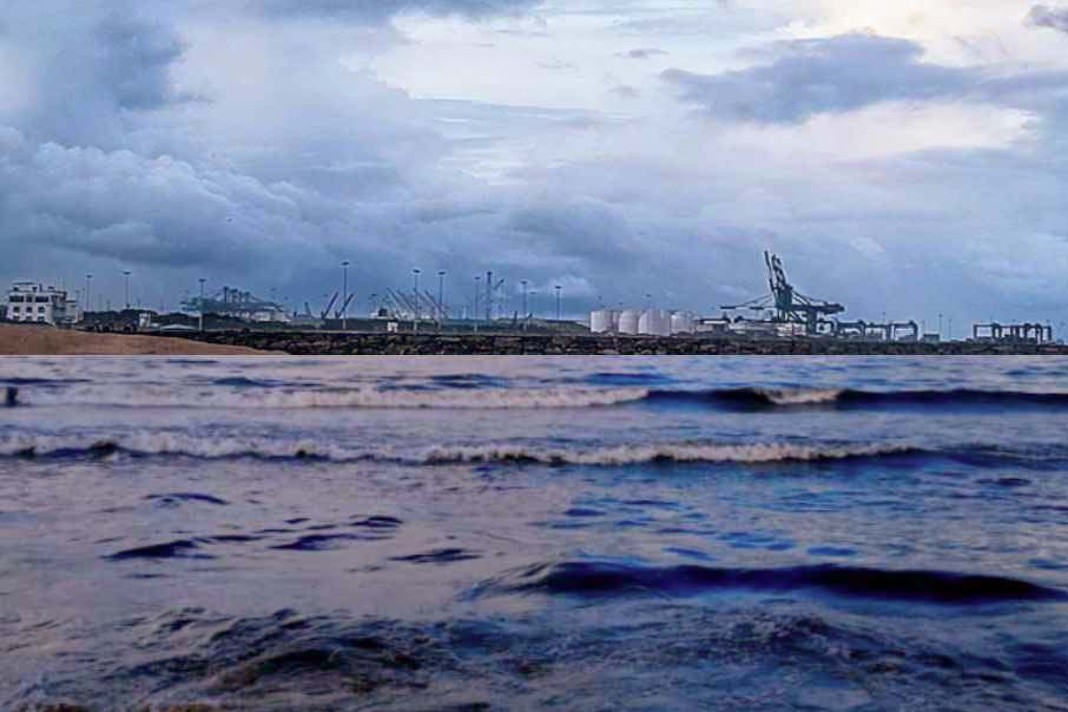PortXchange, a Rotterdam-based emissions intelligence company, has issued a forceful plea to the global port and shipping community: stop delaying decarbonization efforts by fixating on perfect emissions data and instead leverage the data already available.
The “Data Quality Debate” as a Delay Tactic
PortXchange’s Managing Director, Sjoerd de Jager, critically addresses the industry’s tendency to use debates about data quality as an excuse for inaction on climate goals. He asserts, “Ports already have more than enough data on emissions. What matters now is the direction of change, not decimal-point accuracy. Every day of hesitation is a day of avoidable emissions. It’s time to act on the emissions we already know, not the ones we hope to measure later.” This highlights PortXchange’s core message: readily available data, even if not perfect, is sufficient to initiate meaningful decarbonization efforts.
The Overlooked Elephant in the Room: Scope 3 Emissions
PortXchange further points out a significant flaw in the sector’s climate strategy. While many ports have made commendable progress in reducing Scope 1 (direct emissions from owned or controlled sources) and Scope 2 (indirect emissions from purchased energy like electricity) emissions through initiatives like electrification, renewable energy adoption, and operational upgrades, they are largely neglecting their largest emissions source: Scope 3.
Scope 3 emissions are indirect emissions that occur in a company’s value chain but are not directly owned or controlled by them. For ports, this primarily includes emissions from vessels (ship movements, idling at berth) and hinterland transport (trucks, rail). De Jager warns, “You can win the compliance war and still lose the climate fight. Without acting on the full emissions picture, progress is only partial.”
This disconnect, PortXchange argues, is creating a “credibility gap” where ports promote visible sustainability initiatives (like solar panels) but shy away from tackling the more challenging, larger sources of emissions. De Jager bluntly states, “If your port is installing solar panels while tripling cruise traffic, you’re not decarbonizing, you’re greenwashing. Real emissions aren’t reduced with rooftop PR. They’re reduced by acting on the hotspots ports already have the data to see.”
Bridging the Gap Between Data and Action
To address this gap, PortXchange has developed its EmissionInsider platform and Port Emissions Report. These tools are designed to move ports beyond mere measurement to actual emission reduction. They provide clear insights by highlighting emission sources across various modalities, including ships, trucks, rail, and terminal operations, thereby supporting informed decisions for decarbonization.
PortXchange emphasizes that while real-time data is useful for daily operations, it’s the long-term patterns derived from periodic data (e.g., average time ships idle at berth) that truly reveal areas where fundamental change is needed. These insights can help shift behaviors and indicate whether a port’s sustainability efforts are having a lasting impact. By integrating this data, PortXchange enables ports to focus on concrete action rather than getting bogged down in endless data collection and analysis.
Did you subscribe to our daily Newsletter?
It’s Free Click here to Subscribe!
Source: Container News
















